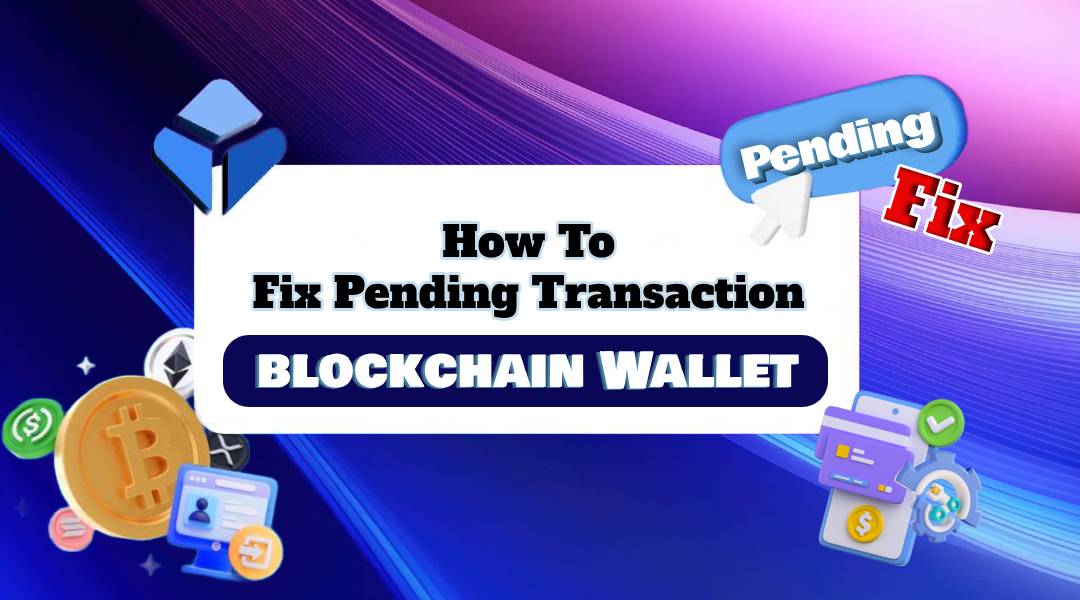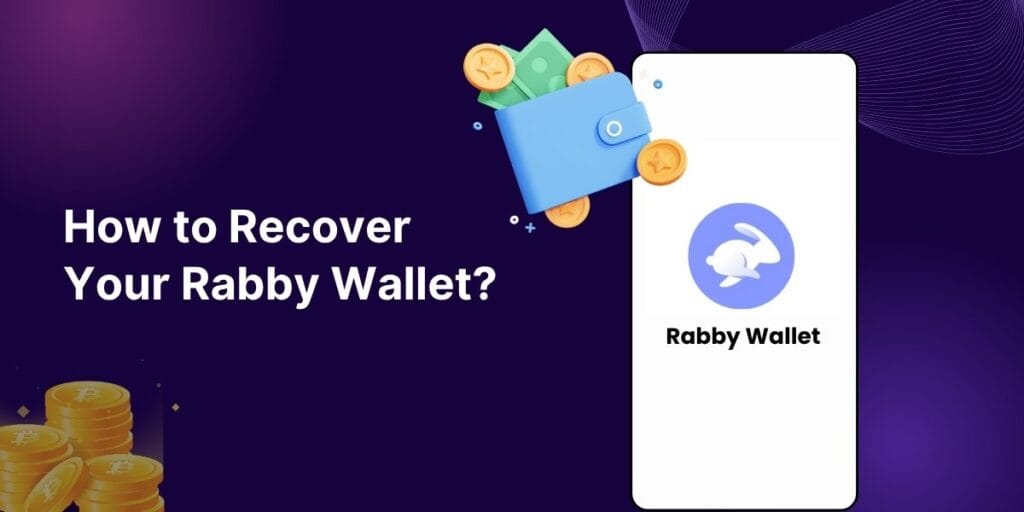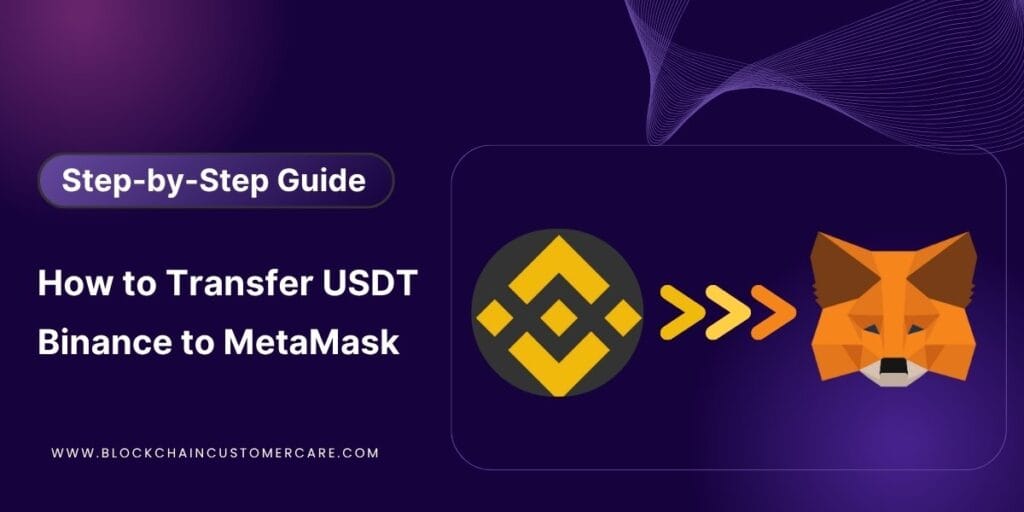Experiencing a pending transaction on blockchain wallet can be frustrating, especially when you need to access your funds quickly. Transactions may remain pending for various reasons, including low transaction fees, network congestion, or issues with the wallet itself. In this blog post, we will explore practical solutions to resolve pending transactions and ensure your blockchain experience is smooth and efficient.
Understanding Pending Transactions
A pending transaction on blockchain wallet occurs when a transaction has been submitted but not yet confirmed by the network. This can happen on various blockchains, including Bitcoin and Ethereum. Transactions are typically confirmed by miners who prioritize them based on the fees attached. If your transaction fee is too low compared to others in the queue, it may take longer to get processed.
📚Related Blog:- How to Set Up Two-Factor Authentication (2FA) on Blockchain?
Common Causes of Pending Transactions on Blockchain
- Low Transaction Fees: Each blockchain has a dynamic fee structure. If the fee you set is lower than the average fee at the time of your transaction, miners may ignore it in favor of higher-paying transactions.
- Network Congestion: During periods of high activity, such as market surges or significant events, the network can become congested. This leads to delays in transaction confirmations.
- Wallet Issues: Sometimes, the wallet itself may have glitches or bugs that prevent transactions from being processed correctly.
Steps to Fix a Pending Transaction on Blockchain Wallet
Here are some effective strategies to fix a pending transaction on blockchain wallet:
- Check Transaction Status: Use a blockchain explorer (like Blockchair for Bitcoin or Etherscan for Ethereum) to check the status of your transaction. Enter your transaction ID (TXID) to see if it’s still pending and what fees were set.
- Increase Transaction Fees: If you notice that your transaction is pending due to low fees, you can try to speed it up by resending the transaction with a higher fee. For Ethereum transactions, you can use the Replace-by-Fee (RBF) method if your wallet supports it. This allows you to replace your original transaction with a new one that has a higher gas price.
- Wait It Out: In some cases, simply waiting may resolve the issue. If the network is congested, transactions will eventually be processed as miners work through their queues.
- Cancel or Drop the Transaction: If waiting is not an option and your wallet supports it, you might be able to cancel the pending transaction by sending another transaction with the same nonce but a higher fee. This effectively tells the network to disregard your original request.
- Contact Wallet Helpline: If you continue experiencing issues with a pending transaction on blockchain wallet, consider reaching out to blockchain customer care for assistance. They can provide specific guidance based on your situation and wallet type.
Preventing Future Pending Transactions
To minimize the chances of encountering a pending transaction on blockchain wallet in the future, consider these tips:
- Set Appropriate Fees: Always check current fee rates before sending transactions. Many wallets provide an option to automatically set fees based on current network conditions.
- Use Reliable Wallets: Ensure that you’re using a reputable wallet that offers features like RBF and automatic fee adjustments.
- Monitor Network Conditions: Stay informed about network congestion levels, especially during significant market movements or events that could increase traffic.
Conclusion:-
While encountering a pending transaction on blockchain wallet can be inconvenient, understanding its causes and implementing effective solutions can help you manage your transactions more effectively. By following these guidelines, you can enhance your blockchain experience and ensure timely access to your digital assets.
Frequently Asked Question:-
How can I check the status of my pending transaction?
You can check the status by using a blockchain explorer specific to your cryptocurrency (e.g., Blockchair for Bitcoin or Ether scan for Ethereum) and entering your transaction ID (TXID).
Can I cancel a pending transaction on Blockchain Wallet?
Once a transaction is broadcasted to the network, it’s generally irreversible. However, you may be able to speed it up by increasing the transaction fee (if your wallet supports Replace by Fee, or RBF) or by using the Child Pays for Parent (CPFP) technique.
Can I speed up pending transactions?
Yes, by increasing transaction fees or using RBF.




